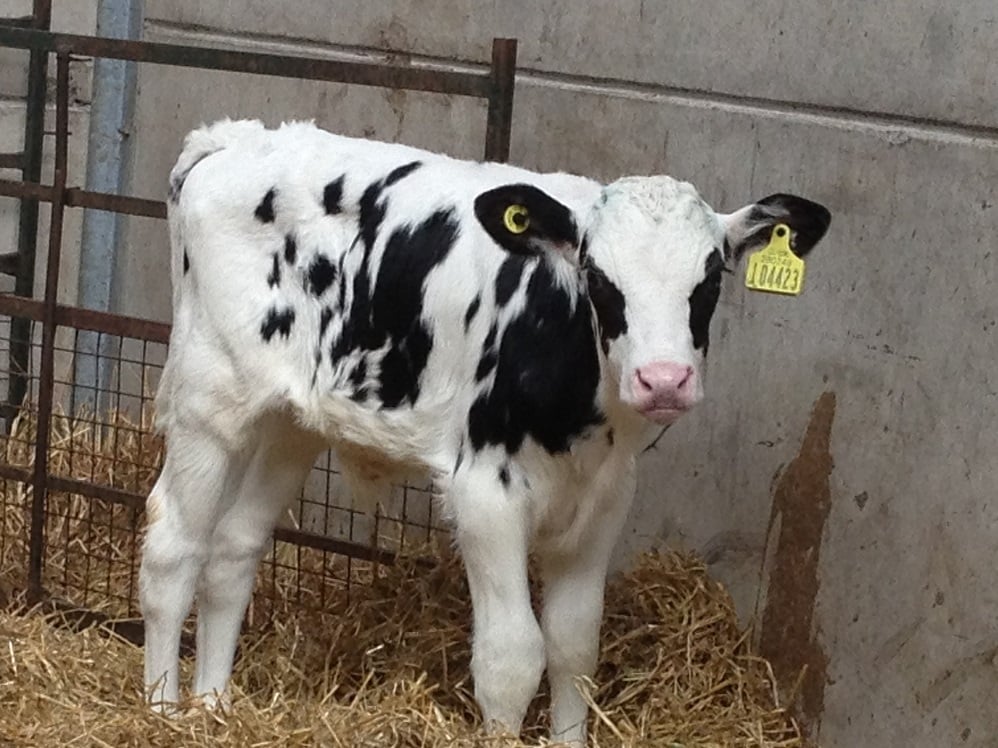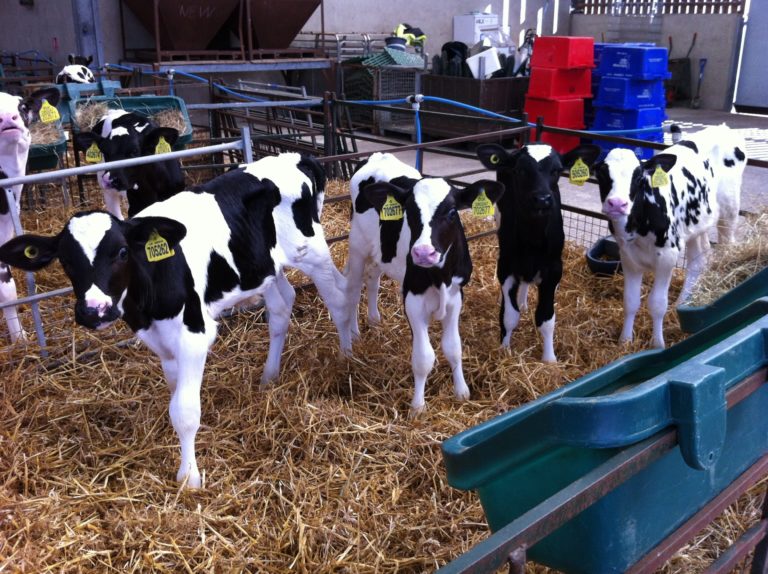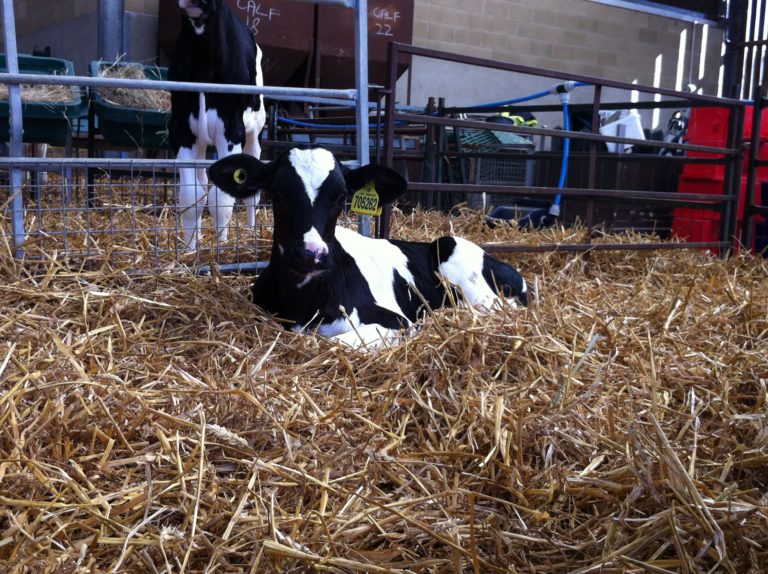Why Does a Cow Have to Produce a Calf in Order to Continue Producing Milk
This article is from the free online
The Future of Farming: Exploring Climate Smart Agriculture

Created by


Our purpose is to transform access to education.
We offer a diverse selection of courses from leading universities and cultural institutions from around the world. These are delivered one step at a time, and are accessible on mobile, tablet and desktop, so you can fit learning around your life.
We believe learning should be an enjoyable, social experience, so our courses offer the opportunity to discuss what you're learning with others as you go, helping you make fresh discoveries and form new ideas.
You can unlock new opportunities with unlimited access to hundreds of online short courses for a year by subscribing to our Unlimited package. Build your knowledge with top universities and organisations.
Learn more about how FutureLearn is transforming access to education



youngthapproter1958.blogspot.com
Source: https://www.futurelearn.com/info/courses/climate-smart-agriculture/0/steps/26586




0 Response to "Why Does a Cow Have to Produce a Calf in Order to Continue Producing Milk"
Post a Comment